Mono vs Stereo Recording: Do I Use 1 Mic or 2?
Learn when to use mono and stereo mic techniques.
The choice of mono vs stereo recording can be a conundrum if you aren’t experienced. We learn when to use one mic technique over another.
In this Article:
Mono vs Stereo Recording
It may not appear so at first, but the difference between mono and stereo mic techniques goes far beyond simply using two channels instead of one when capturing a particular sound source. When we consider the characteristics of the performance and the instrument being recorded, the type of microphones we’re using, and the space we’ve chosen, our approach can really shape the listening experience in the final product.
By learning how to use microphones and applying appropriate mono, stereo, and mid-side techniques, we can use them creatively to engineer completely new sounds or to emulate those from classic recordings.
Mono vs Stereo Recording: What is Mono Recording?
When we do mono recording, we’re using a single audio channel to capture a signal from a microphone or instrument. Before the advent of digital recording, the music production process was limited by the track count of professional tape machines. This meant that an engineer might sum a group of channels from an array of different mics down to a single mono track to create space for more recorded signals.
A mono signal plays equally across the left and right speakers in a stereo system, which makes it preferable in live sound environments because most of the audience may not be appropriately positioned to experience true stereo. Regardless of how it is panned, the reliably focused quality of a mono signal has a few characteristics worth noting:
- Straightforward setup and signal management
- The focused sound makes it ideal for the lead vocals and main melodic elements within music
- It translates across a wide range of playback systems
- It does, however, offer reduced spatial depth in comparison to stereo recording

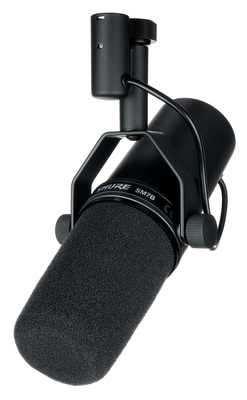
Mono vs Stereo Recording: What is Stereo Recording?
Stereo or stereophonic recording, as it is sometimes called, makes use of two channels, as well as the left and right orientation of the stereo image, to capture a source with its spatial detail and directivity preserved. We can use this not only to ensure realism, but also to exaggerate the character of an instrument to make it sound larger than life.
Even your grandmother’s upright piano can be transformed into an expansive, textured instrument using nothing more than a pair of microphones and the appropriate techniques and panning. Stereo recording is also particularly effective when capturing an ensemble of vocal, string, or brass performers.
This is because the stereo spread gives the listener a nuanced experience with the varying placement, dynamics, and timing of each instrument across the two channels. Let’s look at some of the key characteristics of stereo recording:
- Produces sounds with spatial depth, width, and a realistic quality
- Allows you to capture an acoustic space and how the dynamics of a performance excite the room
- Immerses the listener, making it ideal for headphone and hi-fi loudspeaker playback
- Requires knowledge of mic techniques and placement, as well as adequate monitoring

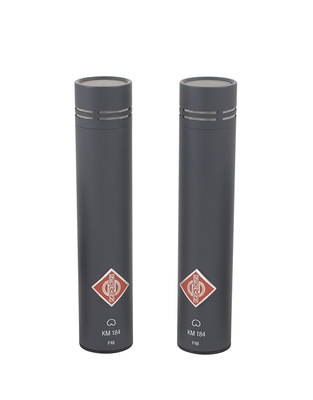
Mono vs Stereo Recording: When to Record in Mono
Because of the pivotal role they play in the context of a song, certain instruments will almost always produce better results when recorded in mono. Let’s look at some instances where mono recording is used to bring clarity and consistency to a musical performance:
- Vocals: The lead vocal of most songs is usually a mono recording that sits directly in the center, with the rest of the mix built around it
- Low-end elements: Because low frequencies are omnidirectional and tricky to manage, it makes sense to record instruments like kick drums, bass guitars, and synth basslines in mono, so that we can control them precisely.
- Close-mic’d Instruments: When you want an upfront and punchy sound from guitar amps, snare drums, or individual brass instruments, mono recording makes this process easier to achieve.
- Live and Broadcast Sound: When we can’t guarantee that everyone in the audience is listening in stereo, using a mono signal ensures consistent clarity in different venues or on different playback systems.

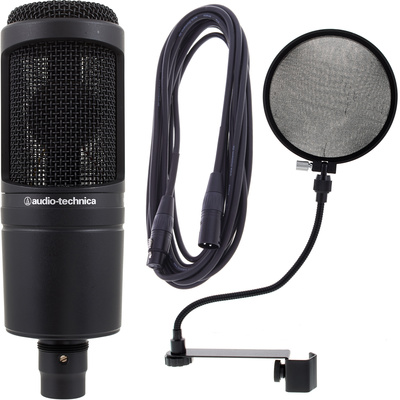
Mono vs Stereo Recording: When to Record in Stereo
While it’s still possible to achieve monstrous mixes recording exclusively in mono, stereo recording offers a different level of dimensionality. This enhancement is particularly noticeable on certain instruments, so let’s find out where we can apply stereo recording techniques:
- Acoustic Instruments: Instruments like piano, acoustic guitar, string sections, or pitched percussion instruments such as xylophone, vibraphone, and glockenspiel. Stereo mic techniques spread the instrument’s range across the left and right channels, providing a sense of space and separation, rather than all the notes hitting in the center.
- Drum Kits – We use a combination of mono and stereo recording techniques on drums, where the overhead mics are used to capture the kit in its recording space, which accentuates the dynamics of the performance and fills out the mix.
- Choirs, Ensembles, and Backing Vocals: Stereo micing spreads the different vocal ranges across the room. However, engineers like Bruce Swedien famously used stereo recording to create cascaded backing vocal stacks, even with a solo vocalist.
- Soundscapes and Ambience: If you’re doing field recording or environmental sound design, stereo mic’ing gives the listener the impression that they are inside the recording. If you want the natural reverb to play a part, stereo recording is certainly the way.

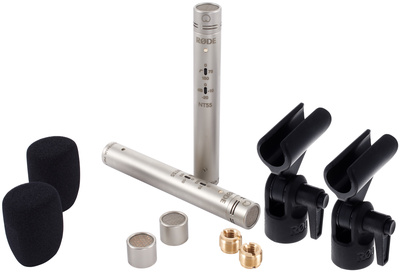
Mono vs Stereo Recording: Stereo Recording Techniques
Using stereo mic techniques opens up a realm of sonic possibilities that simply doesn’t exist when we’re using a single mono microphone to capture a sound source. Let’s check out some of the most commonly used stereo microphone techniques:
XY Technique
For XY, we use a pair of closely adjacent cardioid mics with diaphragms at an angle of between 90 and 120 degrees. Because the pickup area is relatively compact, this technique minimizes phasing issues and is ideal for live recording situations.
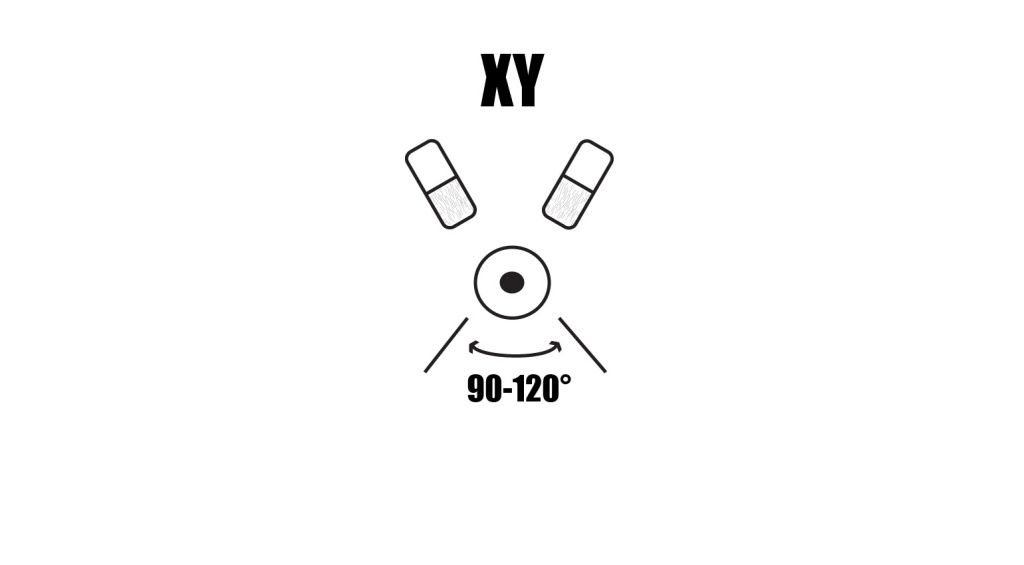
When tracking a jazz quartet, for example, with the musicians quite close together in the same live room, using an XY pair as drum overheads captures detail without overpowering the other instruments.
ORTF Technique
The ORTF mic technique was pioneered in the 1960s by the Office de Radiodiffusion Télévision Française in France. By using a pair of cardioid mics spaced 17cm (approx. 6.3 inches) apart with the diaphragms creating a 110-degree angle, the technique is designed to emulate the natural listening perspective of the human ears.
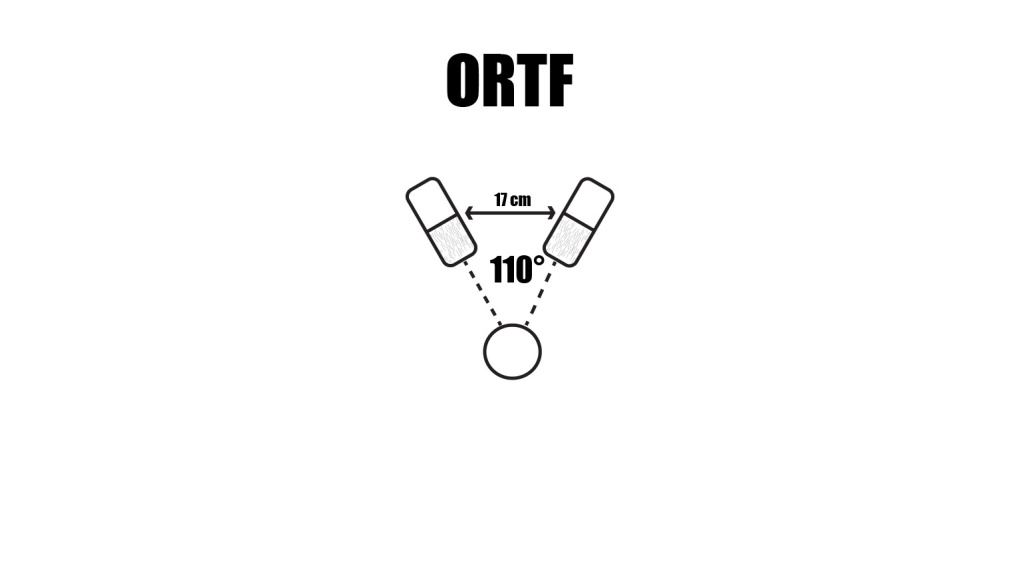
Try it out with a pair of small-diaphragm condensers on an acoustic guitar, even in a small room. Meanwhile, you can widen an ORTF pair beyond 17cm to capture more ambience. However, this doesn’t produce the same level of focus and realism.
AB Spaced Pair
To create an AB Spaced Pair, we use a pair of forward-facing omnidirectional condenser mics spaced around 40-60cm (approx. 15.5-23.5 inches). This technique relies on the natural variation between the two channels, which is also called time-of-arrival differences, to create a wide stereo image.
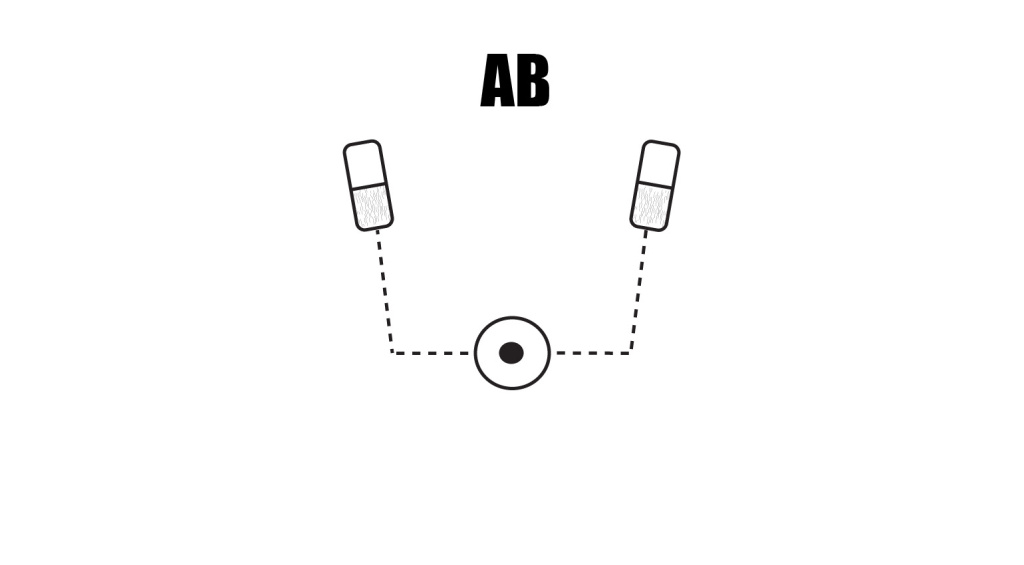
You can use it on a solo vocal performer, like Bruce Swedien did with Michael Jackson’s backing vocals, or you can widen the mic spacing for larger-scale applications. However, watch out for phasing issues if you’re planning to sum the channels to mono in post-production.

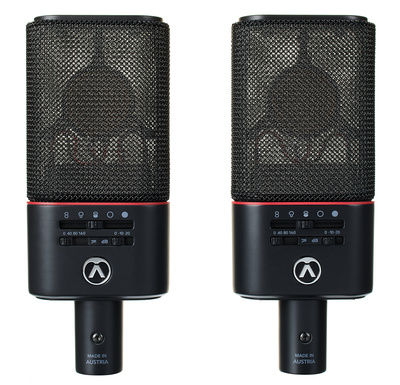
| Mic Technique: | Mic Type / Pickup Pattern: | Placement: | Application: | Notes: |
|---|---|---|---|---|
| Single Mic / Mono | Condenser / Cardioid | 15-30cm from sound source | Vocals, acoustic guitars, guitar amps | Good focus and clarity |
| Close Mic / Mono | Dynamic / Cardioid | 2-5cm from sound source | Drums, amp cabinets | Well isolated, punchy sound |
| Stereo XY Pair | 2 x Cardioid | Mic capsules almost touching, angled 90–120° | Acoustic guitar, instrumental ensembles | Narrow but cohesive stereo image with minimal phase translation issues |
| Stereo ORTF Pair | 2 x Cardioid | Mics 17cm apart, capsules angled 110° | Choirs, pianos, solo acoustic instruments or ensembles | Natural stereo balance, designed to replicate human ears |
| Stereo AB Spaced Pair | 2 x Condenser / Omnidirectional | Mics parallel 40–60cm apart (or further), facing source | Vocals, orchestral instruments | Wide stereo, but phase issues may be apparent |
| Stereo Drum Overheads Pair | 2 x Condenser / Cardioid | XY, ORTF, or AB positioned above drum kit | Drum kit | Captures the detail of cymbals and the spread of the kit. |
| Stereo Room Ambience Pair | 2 x Condenser / Cardioid or Omni | ORTF or AB, 2-3 meters from sound source | Live room, choirs, and ensembles | Captures natural reverb. |
More about Mono vs Stereo Recording:
- Learn more about Mic Techniques on DPA Microphones
- Read more about Recording
- Thomann’s Guide to Recording Choirs
*Note: This article contains affiliate links that help us fund our site. Don’t worry: the price for you always stays the same! If you buy something through these links, we will receive a small commission. Thank you for your support!
One response to “Mono vs Stereo Recording: Do I Use 1 Mic or 2?”


 4,8 / 5,0 |
4,8 / 5,0 | 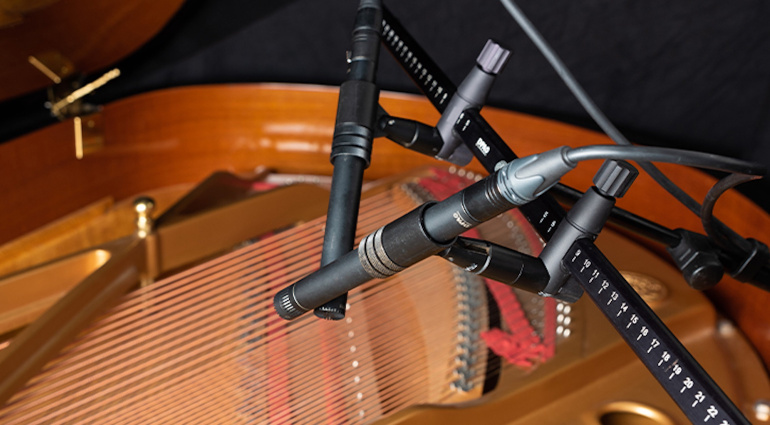


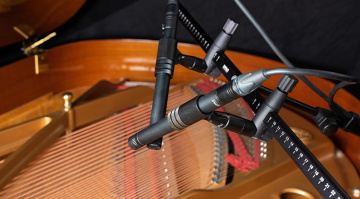

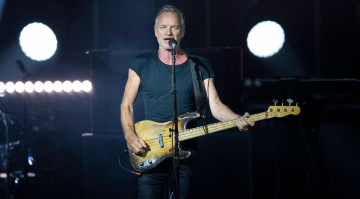
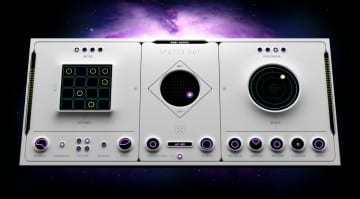
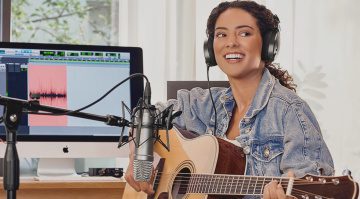
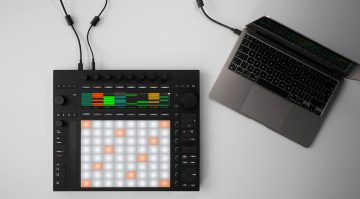
too much hassle with panning when I record stereo acoustic guitar. mono is best